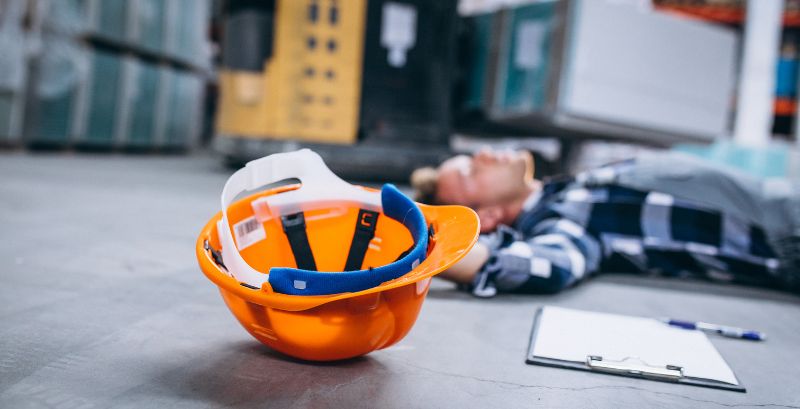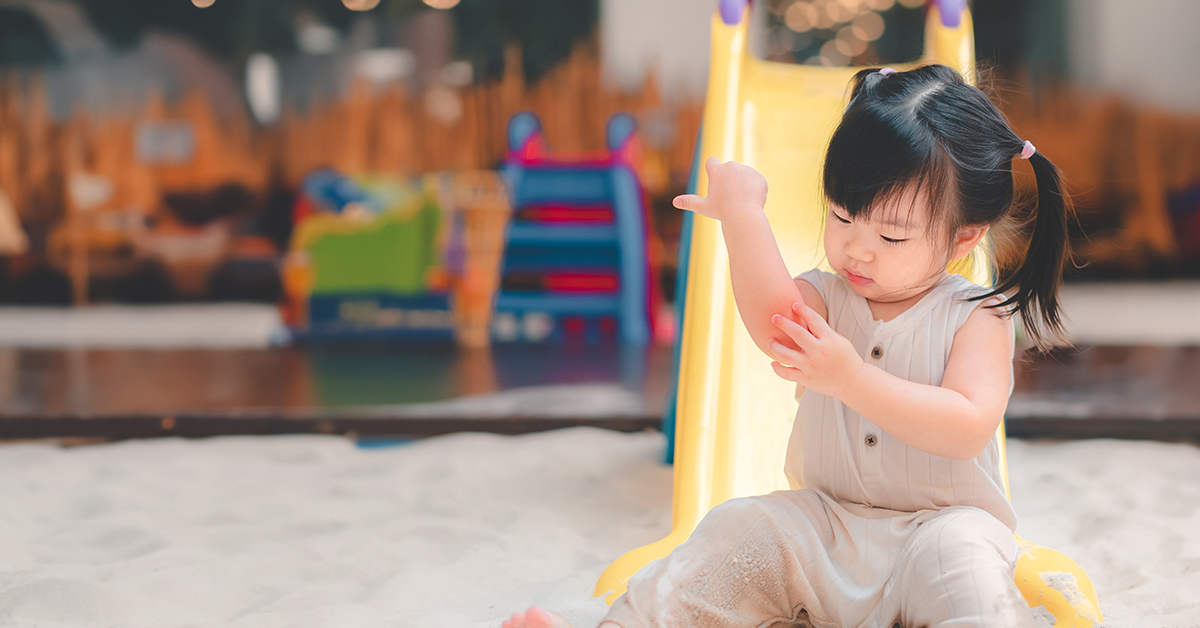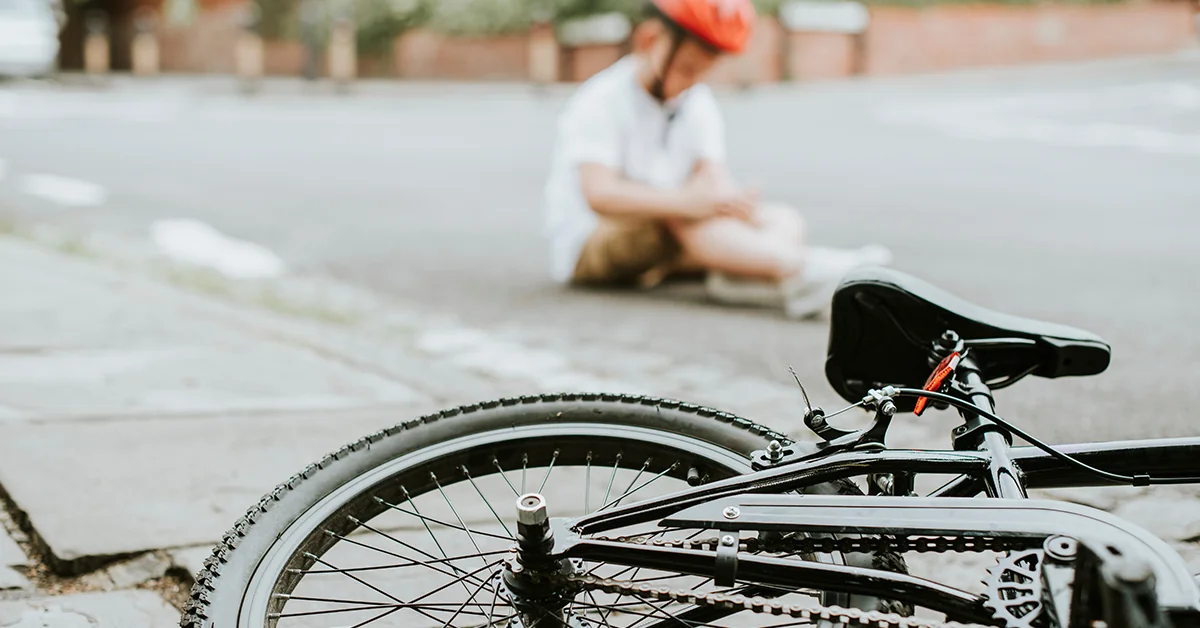Slip-and-fall accidents can happen to anyone, anywhere, and at any time. Whether it’s a wet floor at a grocery store, an uneven sidewalk on your morning walk, or a poorly maintained staircase in a public building, these accidents can lead to a wide range of injuries.
This blog will explore the common types of slip-and-fall injuries that you may encounter. It will also shed light on what you need to know if you find yourself in such a situation, with information from our top personal injury lawyer.
Understanding Slip-and-Fall Accidents
Slip-and-fall accidents, often referred to as premises liability accidents, occur when a person loses their balance and falls due to hazardous conditions on someone else’s property. These accidents can happen for various reasons, including:
- Wet or slippery floors
- Uneven surfaces
- Poorly maintained stairs or walkways
- Inadequate lighting
- Obstructed pathways
- Negligence of property owners or managers
Property owners are legally obligated to maintain safe premises and prevent hazardous conditions that could lead to slip-and-fall accidents.
Common Types of Slip-and-Fall Injuries
Fractures and Broken Bones
Slip-and-fall accidents frequently result in fractures and broken bones. These injuries can be painful and debilitating. Common fractures include those in the wrist, arm, hip, and ankle. Fractures often require immediate medical attention, and treatment may involve casting, surgery, or physical therapy. Recovery times can vary significantly depending on the severity of the fracture.
Sprains and Strains
Sprains and strains are injuries to ligaments, tendons, or muscles. While they may not always be immediately apparent, they can cause considerable pain and discomfort. Commonly affected areas in slip-and-fall accidents include the wrists, ankles, and knees. Rehabilitation and rest are typically required for recovery.
Head Injuries
Head injuries range from minor concussions to severe traumatic brain injuries (TBIs). Even seemingly minor head injuries can have long-lasting effects, and it is essential to seek immediate medical attention if you hit your head during a fall. TBIs can lead to cognitive impairments, memory loss, and other life-altering consequences.
Back and Spinal Cord Injuries
Slip-and-fall accidents can also result in back and spinal cord injuries, such as herniated discs or fractures of the vertebrae. These injuries can lead to chronic pain, paralysis, and long-term disabilities. Treatment often involves surgery and extensive rehabilitation.
Soft Tissue Injuries
Soft tissue injuries include damage to muscles, tendons, and ligaments. Common examples of slip-and-fall accidents include whiplash and contusions. Rest, physical therapy, and sometimes surgery may be necessary for recovery.
Dislocations
Dislocations occur when bones are forced out of their normal positions in joints. Hip, shoulder, and knee dislocations are relatively common in slip-and-fall accidents. Treatment typically involves reducing the dislocation and rehabilitation to regain strength and mobility.
Legal Aspects of Slip-and-Fall Injuries
Duty of Care
Property owners owe a duty of care to visitors and occupants of their premises. This duty entails maintaining a safe environment and taking reasonable steps to prevent accidents. To establish liability, proving that the property owner breached this duty of care is essential.
Negligence Factors
To demonstrate negligence, you must typically establish the following elements:
- Duty of Care: The property owner had a duty of care to ensure the safety of visitors.
- Breach of Duty: The property owner breached their duty by failing to address or warn of hazardous conditions.
- Causation: The breach of duty directly caused the slip-and-fall accident and subsequent injuries.
- Damages: The injured party suffered damages due to the accident.
Comparative Negligence
In some cases, the injured party’s own actions may contribute to the accident. Comparative negligence laws come into play when both the property owner and the injured party share responsibility. The degree of fault assigned to each party can impact the injured party’s compensation. It’s crucial to understand how this principle might apply to your case.
Evidence Collection
Building a strong slip-and-fall injury case relies heavily on gathering compelling evidence. Beyond photographs, witness statements, and surveillance footage, consider documenting the following:
- Maintenance records: Request records showing when the property was last inspected and maintained.
- Incident report: Ensure the property owner creates an incident report that includes accident details.
- Clothing and footwear: Preserve the clothing and footwear you wore during the accident as potential evidence.
- Medical records: Keep all medical records, bills, and receipts for your injuries and treatment.
- Expert testimony: In complex cases, expert witnesses may be needed to testify about negligence or the extent of your injuries.
Consultation with Legal Experts
Engaging a top personal injury lawyer experienced in slip-and-fall cases can significantly benefit your claim. Here’s how they can assist:
- Case assessment: Lawyers can evaluate the merits of your case and advise you on the likelihood of success.
- Negotiations: They can negotiate with insurance companies or the opposing party to secure a fair settlement.
- Litigation: If necessary, your lawyer can represent you in court, advocating for your rights and presenting your case effectively.
- Maximizing compensation: An attorney can help you identify all potential sources of compensation and ensure you receive the maximum amount you are entitled to.
Statute of Limitations
Knowing the statute of limitations for filing a slip-and-fall injury claim is important. This is the time frame within which legal action must be initiated. The statute of limitations varies by state and can range from one to several years. Failing to file within this timeframe can result in losing your right to seek compensation.
Insurance Coverage
Property owners often have liability insurance covering slip-and-fall accidents on their premises. Understanding the property owner’s insurance coverage and the claims process can be crucial in obtaining compensation for your injuries. A personal injury lawyer can help you navigate this aspect of your case.
Settlement Negotiations
Many slip-and-fall injury cases are resolved through negotiations before going to court. It’s important to clearly understand your claim’s value during negotiations and be prepared for counteroffers and potential disputes. A skilled lawyer can help you negotiate effectively and reach a fair settlement.
Slip-and-Fall Injuries: Your Guide to Justice from Swartz & Swartz
In conclusion, knowledge is your greatest asset in seeking justice and compensation for your pain and suffering from a slip-and-fall accident. As highlighted by our top personal injury lawyer at Swartz & Swartz, understanding common slip-and-fall injuries is crucial.
Remember that if you or a loved one has experienced a slip-and-fall accident due to someone else’s negligence, you don’t have to face the aftermath alone. Our top personal injury lawyer at Swartz & Swartz is here to provide the legal expertise and support you need to navigate these challenging circumstances. We are dedicated to helping you seek the compensation you deserve.
Keep Reading
Want more? Here are some other blog posts you might be interested in.




